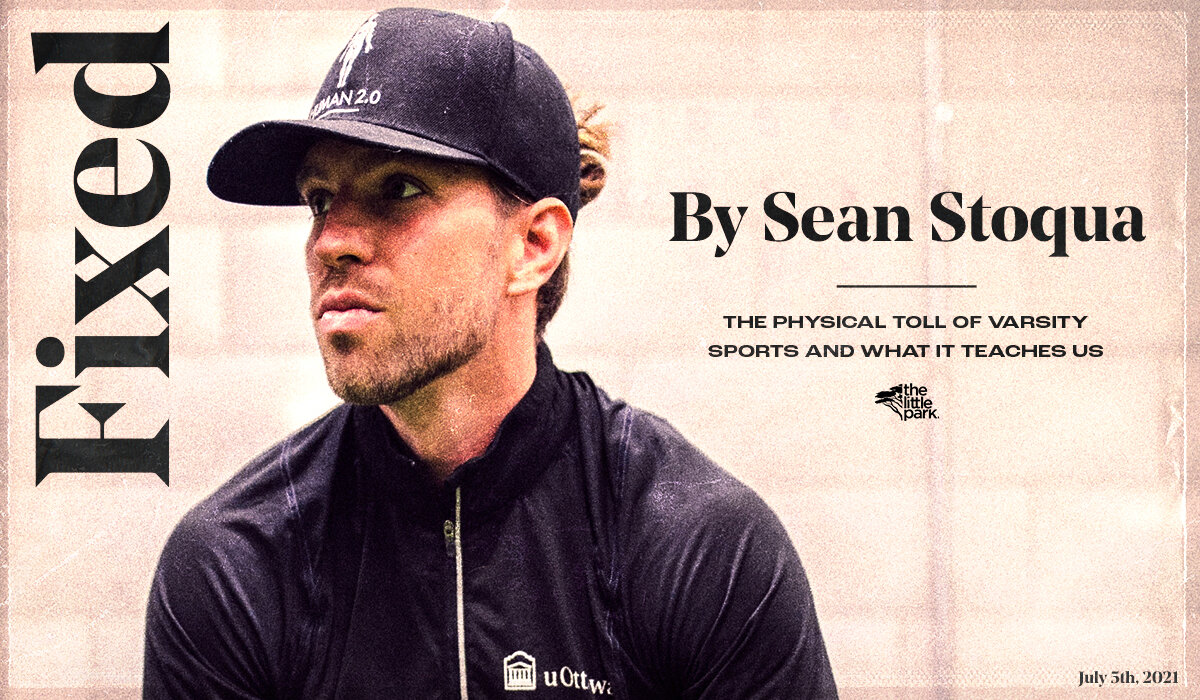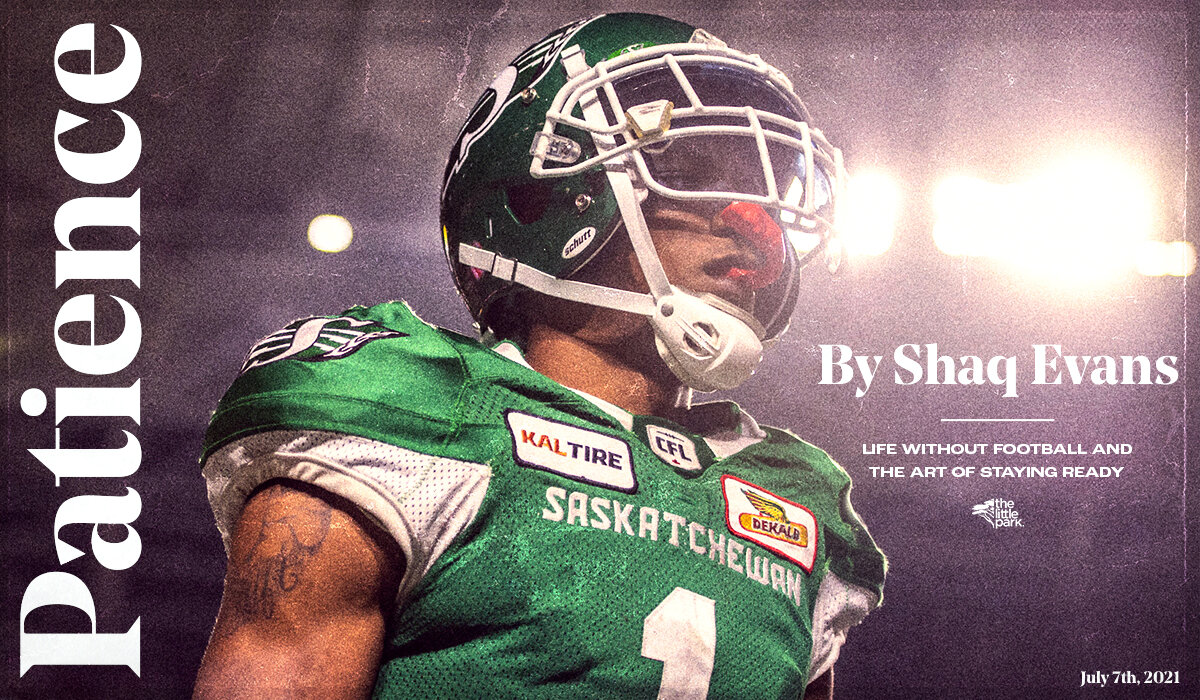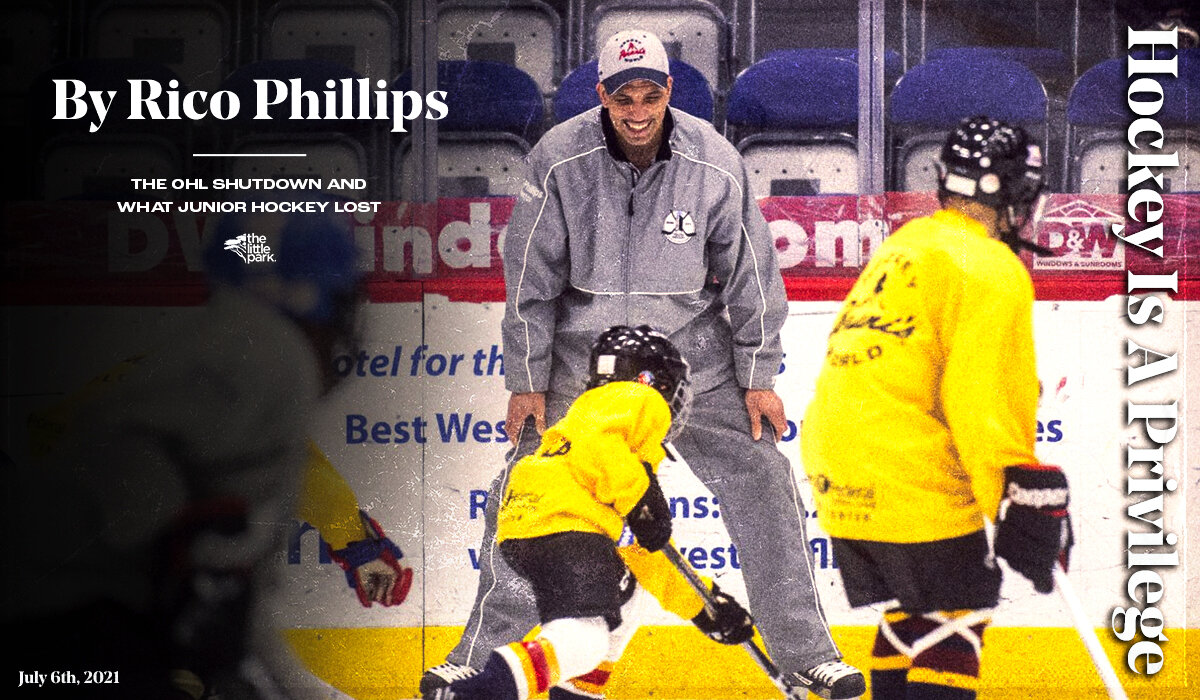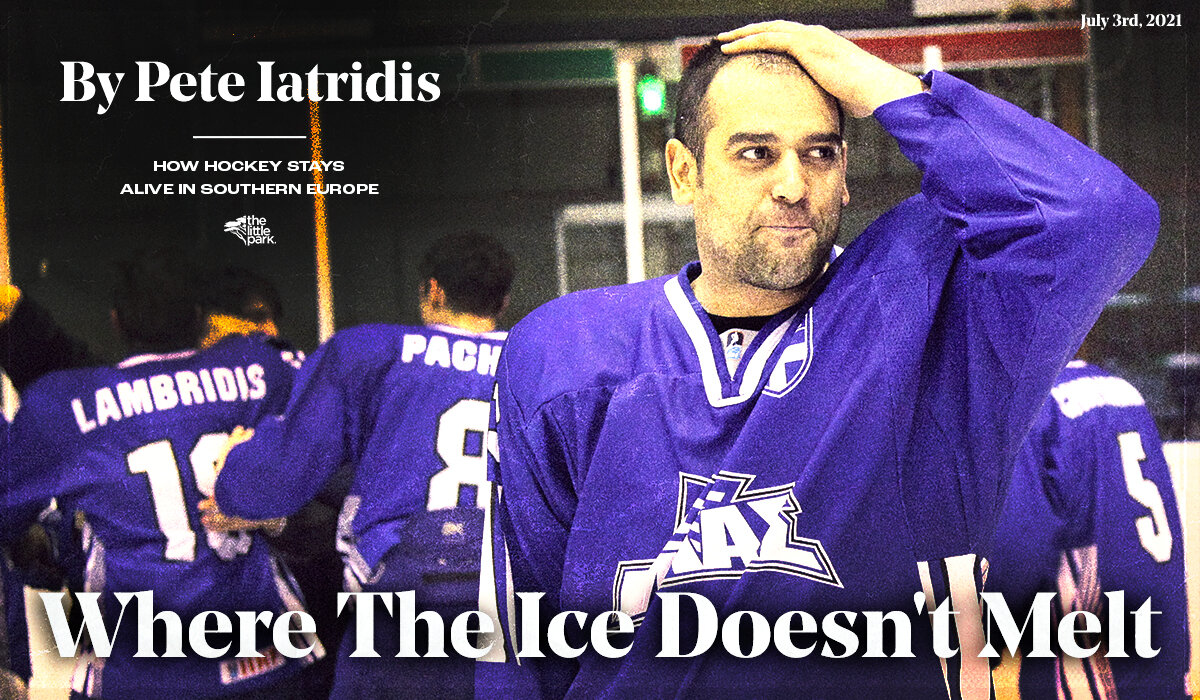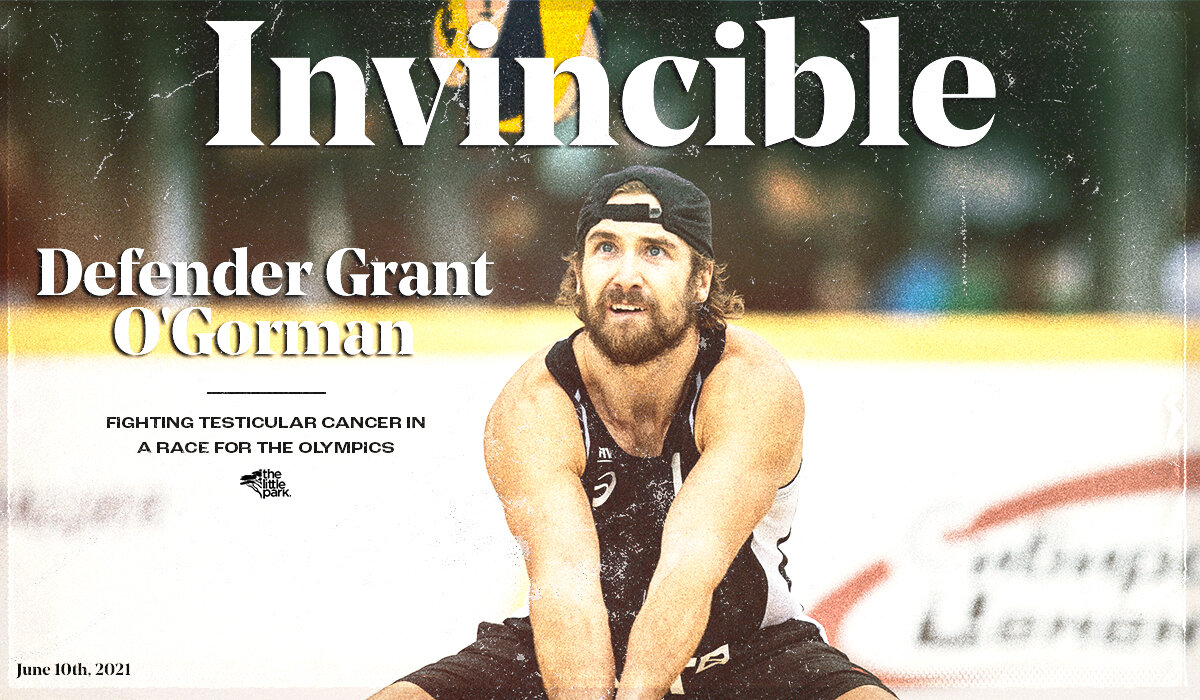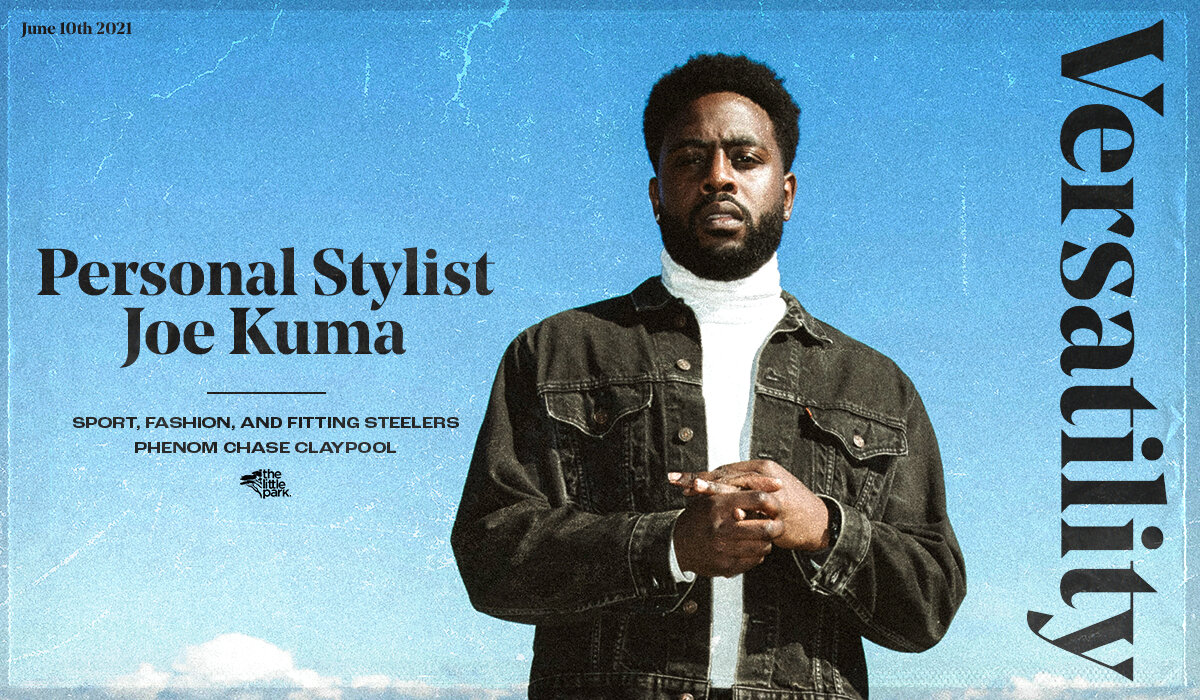Nine years. Two schools. Two degrees. Two languages.
Partially by design, partially by accident.
Before I begin unravelling my story, I feel I should explain the circumstances I was born into. My mother, Elizabeth Gilmour, wasn’t a star athlete, but her father, Blair Gilmour, played for the Ottawa RoughRiders football team in the 1940s. On top of that, my mother’s grandfather, Sutherland Gilmour, was one of three Gilmour brothers to play for the original Ottawa Senators, the Ottawa Silver Seven. The Gilmour brothers are still the only three siblings to play on the same Stanley Cup winning team when they did so in 1904.
My father, Pat Stoqua, doesn’t have quite as rich of an athletic history on his side of the family. He played receiver for the Ottawa Roughriders for six years during the 1980s after starring for both the football and basketball teams at Carleton University.
I played every sport growing up, but eventually migrated over to basketball by Grade 7. People in Ottawa’s basketball circles seemed to recognize my last name and wouldn’t hesitate to tell me how great my father was as both a basketball and football player. My mother wouldn’t hesitate to remind me that I also received half of my genetic code from her side. After all, we received our mitochondrial DNA from her.
Growing up knowing about the lineage of professional athletes in my family naturally led me to pursue becoming one. The only thing I have truly wanted to be since I was a kid was a professional athlete – a great one – even just for one day or one game. If I put on a jersey and lace up my shoes for one game, the streak of professional athletes in my family will live on and my work will be done.
I must continue to work until that day happens.
I decided to play two varsity sports at Acadia University after finishing high school. While playing professional sports was my goal, I wasn’t sure at 18 years old if I would have a better chance of playing basketball or football professionally. I had only been playing football for a couple years, but it came naturally and some of the skills I had built on the basketball court transferred over in many ways. That being said, I wasn’t recruited to play football at any school and was essentially a walk-on at Acadia. The football coaches had never seen me play before I got to campus for training camp.
Probably the biggest reason I decided to play two sports was because I couldn’t turn down the challenge. It excited me and I was fairly confident I could pull it off. But there was certainly some self-doubt present that I wanted to attack. Having many people say my decision was a mistake only added fuel to the fire.
I was lucky enough to win championships as a guard with the basketball team and a defensive back in football over my first year with the Axemen. That was a surreal experience, and we were almost able to replicate it the following year, winning another football title but losing in the AUS basketball final.
After four long and relatively successful varsity seasons in a two-year span, I could feel the toll it had taken on my body. I don’t think the pain I was in was a result of me playing two sports rather than only one. I really only played one sport at a time during the school year – football in the fall, basketball in the winter.
As they say, it's not the load but how you carry it.
For my first two years of university, I didn’t carry the load well or take good care of my body when I was away from the court and the field. To add insult to injury, I was also the type of athlete to train after hours – shooting hundreds of threes or lifting weights at night after practice.
Everything changed in September 2013 during a football practice at the start of my junior year. I fractured and dislocated my left ankle after an awkward collision and had major reconstructive surgery the next day, with several screws and a plate put into my leg to realign the bones. I spent my entire junior year on the sidelines, missing both seasons and regaining that year of eligibility.
While the injury may have appeared to be a fluke accident, I had already been dealing with previous injuries to that ankle over the past couple years. The collision where I broke my ankle was simply the straw that broke the camel's back.
It was not a fluke, but rather an accumulation of damage that had taken place over time.
In my experience (and the experience of the patients I see in clinic), even major injuries are not often single incidents, but rather an accumulation of poor decisions and behaviours over time.
I was lucky enough to have mentors at the time who were willing to point this out. The majority of people tried to tell me it was a fluke accident and it wasn’t my fault, presumably in an effort to make me feel better.
The issue I have with that belief is that we give away all our power and chalk it up to chance. Meanwhile the things within our control that haven’t been addressed are left uncorrected. Lifestyle factors such as sleep, breathing, thinking and movement patterns along with nutrition and partying were all elements within my control and I needed to change them if I wanted to avoid re-injury.
So, I changed what I was doing on a daily basis and my body started to put itself back together in a timely fashion. At least for a while.
After finishing my senior season without missing any games and feeling better than ever, I began to realize how I carried the load was more important than the load itself. The physical toll remained the same. Same number of practices, games and reps. What had changed was my approach and response to that physical toll. What I did seemed to matter more than what happened to me. The work I put in seemed to matter more than the damage done to me. When I began to focus on the things within my control, the things outside my control didn’t seem to affect me as much.
I was invited to attend a CFL combine after my senior season at Acadia where I led my team in interceptions and U Sports in blocked kicks.
After going undrafted, I opted to take my two remaining years of eligibility to graduate school at the University of Ottawa where I completed a master’s degree in physiotherapy.
Near the end of my first year, I tore the ACL in my right leg while playing basketball for the Gee-Gees. It's almost like Mother Nature keeps teaching us the same lessons if we stop applying what we’ve learned.
The ACL injury kept me out the entire following season before returning to use my last year of eligibility on two surgically repaired legs in 2019-20.
Dr. Chris Raynor and his wife Amanda own a gym and sports medicine clinic in Ottawa called “Human 2.0.” It was there that I chose to rehab my ACL injury and, after several conversations with Chris, he offered me a job and I’ve worked at the clinic ever since.
I’ve also recently opened my own physiotherapy business called “TheFixedPhysio” in another Ottawa gym called Centre for Strength & Athletic Development. After completing my physiotherapy degree and having both of my legs “fixed” by surgeons, I felt the name was a good fit. I also work with over a dozen professional basketball players in Europe, helping them manage their injuries over FaceTime.
The next step in my journey is clear.
Selfishly, I am still pursuing professional basketball. When it comes to how I can help others in the long haul, I still think pursuing the sport is the best course of action. One of the reasons I can successfully help individuals improve their health and recover from injuries is because I have been in the trenches doing it myself for the last decade. My thought process and accumulation of knowledge is largely a result of me hurting and rehabbing myself time and time again.
Each injury I experience is an opportunity for me to learn. The more I learn, the better I can help others overcome their injuries. Physiotherapy school was cool, but that’s not where most of my education took place.
I’m excited to spend the rest of my life as a physical therapist, but the best thing I can do today to better serve those around me is to pursue my athletic potential.
The grind continues.
Stay on yours.

